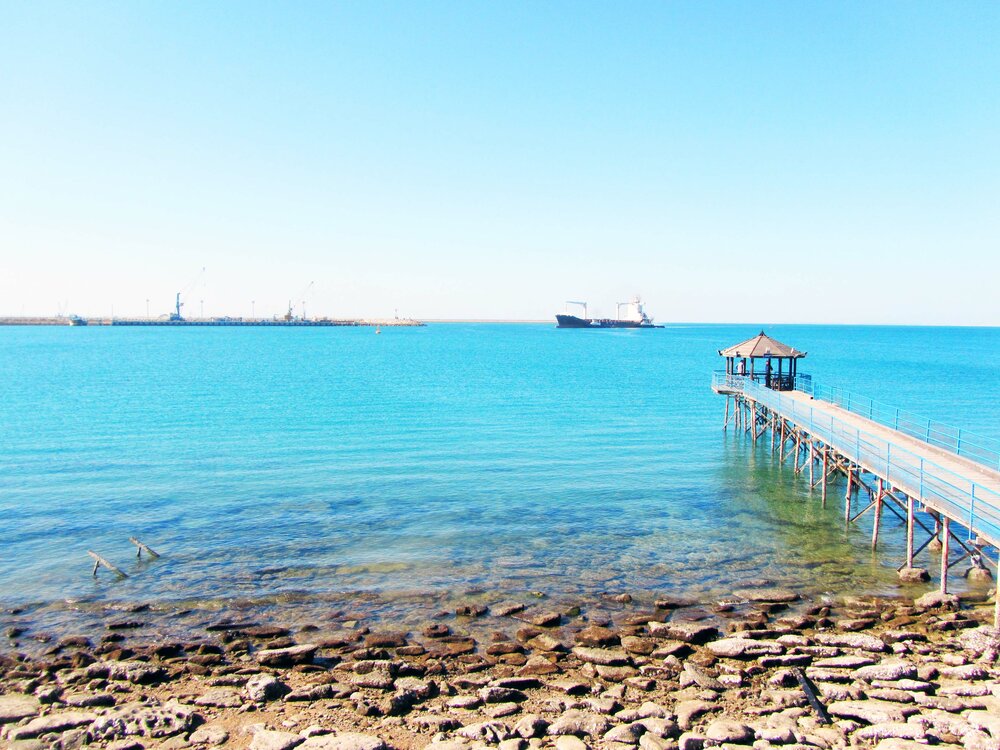Iran establishes marine environmental data and information network

TEHRAN – The vice presidency for science and technology establishes Iranian Marine Environmental Data and Information Network, Mehr reported on Saturday.
Different information links on Iran’s seas from Iranian and foreign sources are available at the data center.
At the data center, the experts can share the data they have achieved in their researches or introduce global websites with links.
The database is supported by the Iranian National Institute for Oceanography and Atmospheric Science, Iran National Cartographic Center, National Geographical Organization affiliated to Armed Forces and Iranian Fisheries Science Research Institute.
The database includes different sections on marine hazards, atmospheric and oceanic modeling, oceanic data, atmospheric and oceanic forecasting, satellite data and oceanic climate.
Fisheries data, dynamic map layers, immediate climate monitoring, bathymetry data and geographical features, surface marine data, marine geology and useful software are other parts of database.
Bodies of water in Iran
Actually Iran’s main bodies of water are located in north and south of the country. Caspian Sea in the north and Persian Gulf and Oman Sea in the south are Iran’s main bodies of water.
* Persian Gulf
The Persian Gulf, in southern Iran, is a Mediterranean sea in Western Asia. The body of water is an extension of the Indian Ocean (Gulf of Oman) through the Strait of Hormuz and lies between Iran to the northeast and the Arabian Peninsula to the southwest.
According to the “Encyclopedia of World Trade: From Ancient Times to the Present”, the Persian Gulf and its coastal areas are the world's largest single source of petroleum, and related industries dominate the region. Large gas finds have also been made, with Qatar and Iran sharing a giant field across the territorial median line (North Field in the Qatari sector; South Pars Field in the Iranian sector).
*Oman Sea
Oman Sea, situated at the south of Iran, is a body of water that connects the Persian Gulf to the Indian Ocean. With an approximate area of 903,000 km, the Oman Sea is surrounded by Iran and Pakistan at the north, the Deccan peninsula at the east and Arabia peninsula at the west.
Iran has got small ports at its shorelines with the Oman Sea like Chabahar, Gavater, and Jask.
Since antiquity, the Strait of Hormoz and the Oman Sea have always been strategic waterways. Today, tens of gigantic oil tankers carry oil every day from the countries in the region through this route to different parts of the world.
*Caspian Sea
The Caspian Sea is the world's largest inland body of water, variously classed as the world's largest lake or a full-fledged sea. It is an endorheic basin (a basin without outflows) located between Europe and Asia, to the east of the Caucasus Mountains and to the west of the broad steppe of Central Asia.
It is bounded by Kazakhstan to the northeast, Russia to the northwest, Azerbaijan to the west, Iran to the south, and Turkmenistan to the southeast. The Caspian Sea is home to a wide range of species and may be best known for its caviar and oil industries. Pollution from the oil industry and dams on rivers draining into the Caspian Sea have had negative effects on the organisms living in the sea.
SB/MQ/MG
Leave a Comment